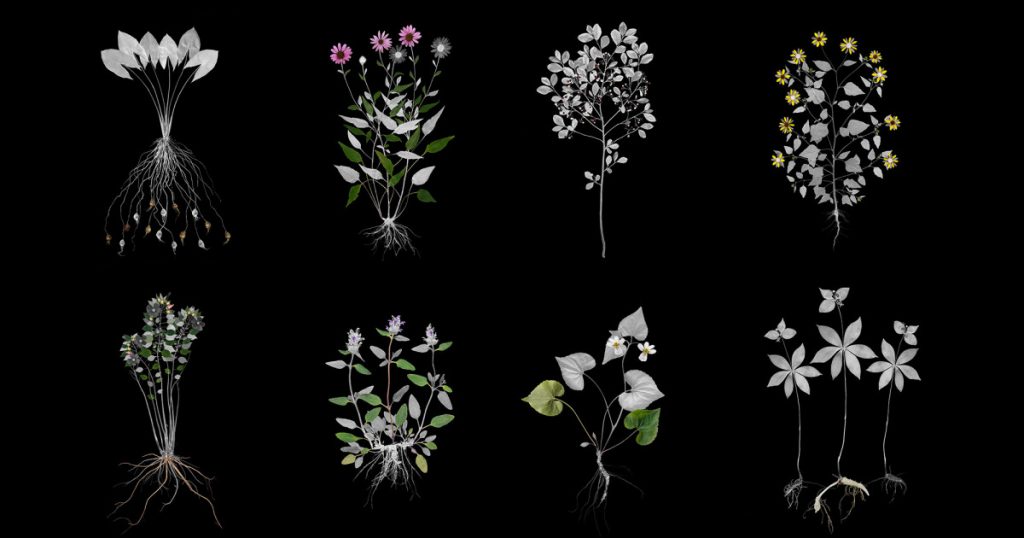Gorgeous Portraits of America’s Wild (and Surprisingly Delicious) Edible Plants
Photographer Jimmy Fike thinks often of the stories his grandmother liked to tell him, in a lively Southern drawl, about her youth on a farm in rural Alabama. She hunted for wild game and picked persimmons, filberts, and blackberries for cobblers. In 2008, feeling disillusioned with traditional landscape photography and inspired by these family memories, Fike decided to start photographing and digitally illustrating the United States’ rich diversity of wild edible plants.
So far, he’s photographed between 140 and 150 edible plants native or common to communities across 15 states. He isn’t a botanist, so he trusts his instincts and consults field guides to determine which ones are edible. “You learn as you go,” he said. “Really look at stuff closely, get to know it, and invariably stuff we’re surrounded by is edible, useful, medicinal. It’s got a reason to be here.”
Hear more about edible plants, and get recipes for cocktails you can grow yourself, on this episode of Bite:
Once he chooses a plant, Fike carefully digs it up, cleans it, and takes it back to the studio, where pins it to a white backdrop, quickly arranging the plant to showcase its distinct features before it wilts. He photographs multiple specimens of the same plant and digitally combines the best features of each in Photoshop. The edible parts are highlighted in color.
Fike has found at least 10 wild edible plants while walking around his downtown Phoenix neighborhood. Some of his favorites include raspberries, blackberries, gooseberries, lemonade berry (a fruit that can be soaked in water to create a tart drink) and miner’s lettuce (a leafy vegetable with healthy doses of iron and omega-3s).
Fike hopes his photographs can connect people to their environment, and serve as a historical archive of plant life during a changing climate. “If you start eating plants that grow around where you live, you’d probably start to worry a little bit more about the health of that ecosystem,” he said.
Stone Crop
Canadian Violet
Ground Cherry





